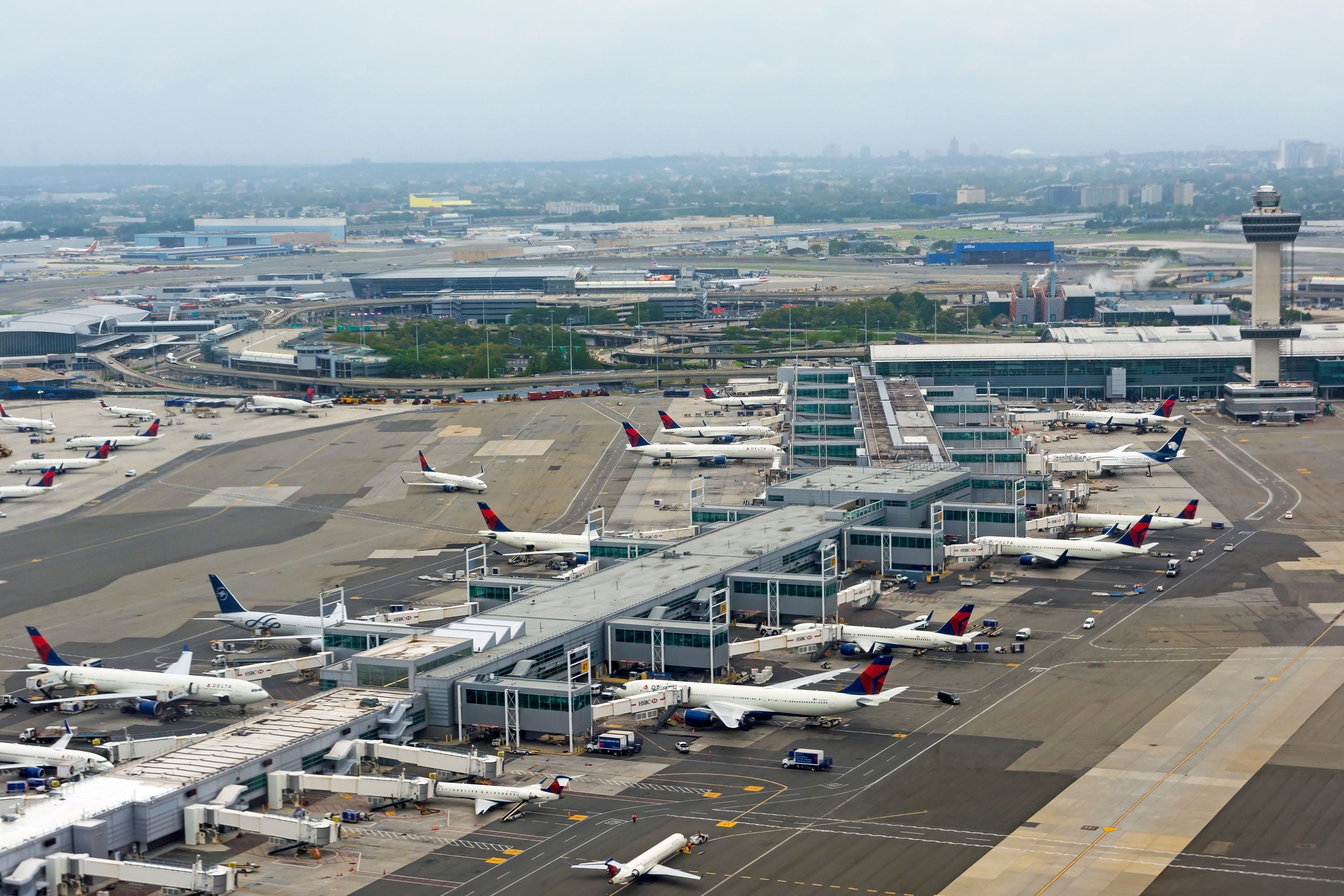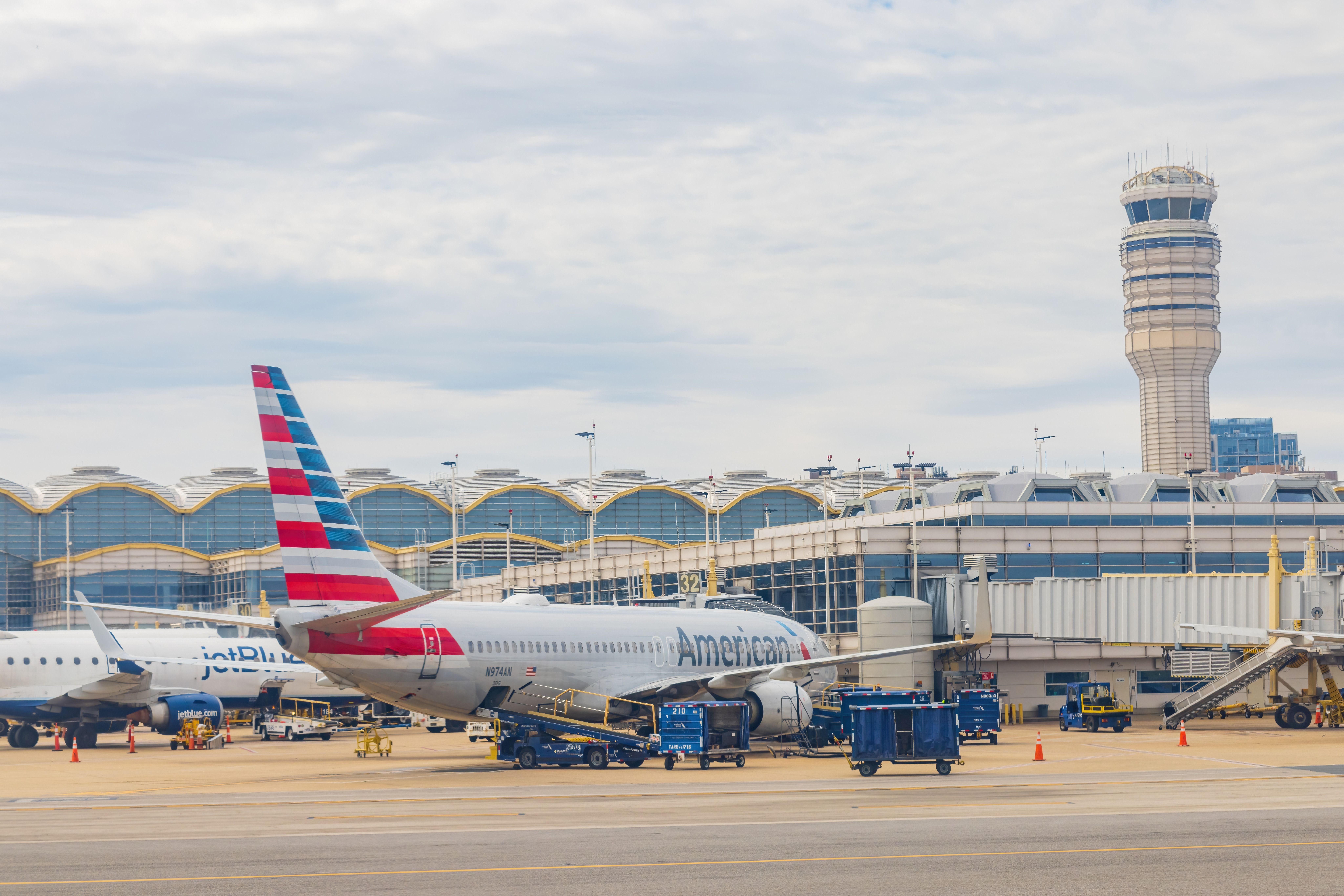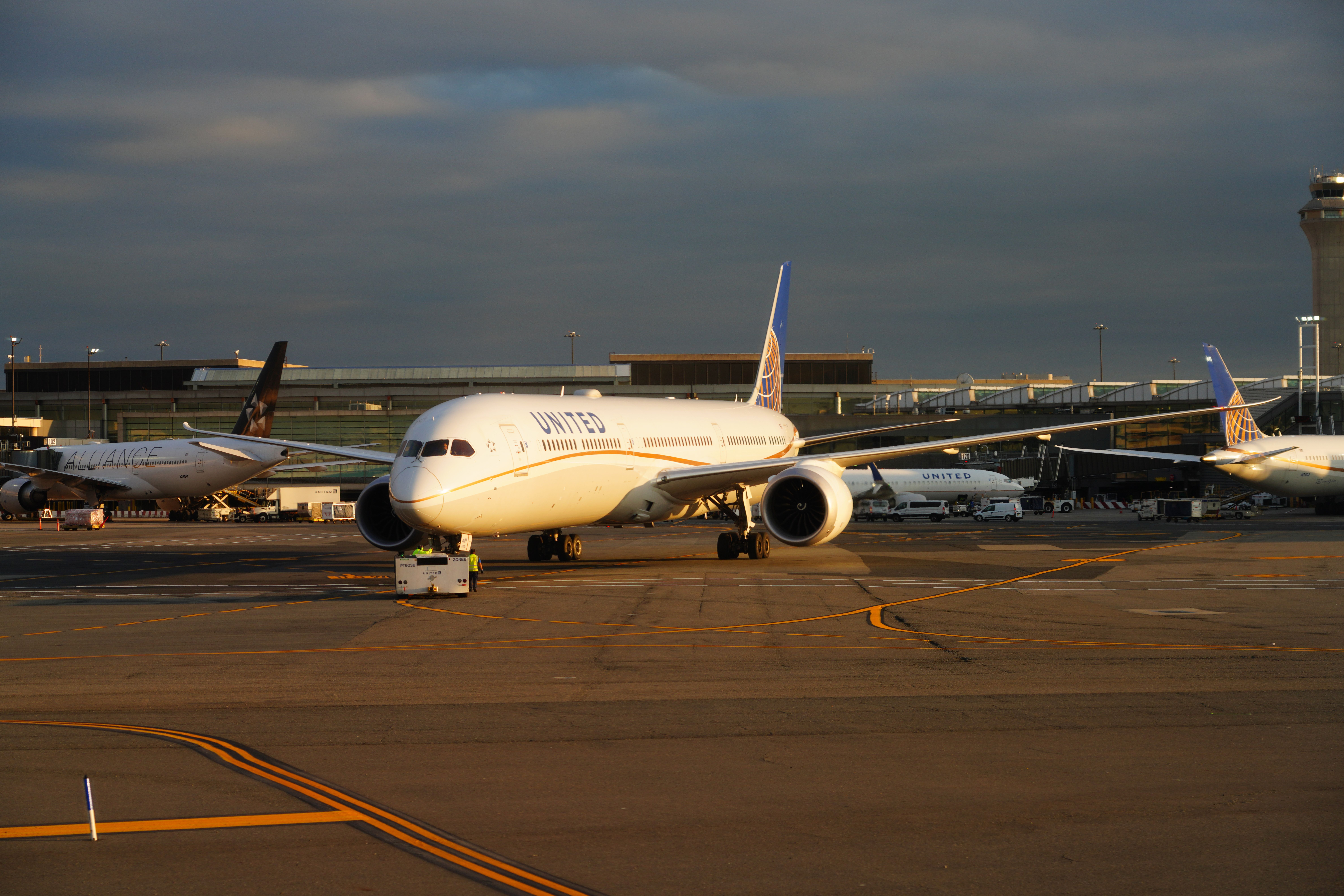To avoid repeating last year's mass disruptions across the airports serving New York City and Washington DC, the Federal Aviation Administration (FAA) outlined the measurable efforts it will be conducting this year. In the plan, the agency gives airlines a period waiver to file requests for slots they wish to give up voluntarily.
Expected delays from a lack of air traffic controllers
Last year, the US aviation industry suffered from several staff shortages across different areas, such as airline personnel, airport personnel, and air traffic control. The lack of required staffing created a shortfall in capacty within the aviation industry, which was quickly overwhelmed by the increasing demand from passengers for air travel.
Although this year sees capacity from airlines and airports improving, the FAA notes that there is still quite a shortage of air traffic controllers, specifically at the New York Terminal Radar Approach Control (TRACON) facility - which affects New York's John F. Kennedy International Airport (JFK), New York LaGuardia Airport (LGA), and Ronald Reagan Washington National Airport (DCA).
Flight operations in these two cities will increase by at least 7% this summer, causing the agency to also expect rocketed delays in New York City, projecting an approximate 45% surge in delays compared to last year. And with the alarming rise in reported near-misses within the previous few months, congestion has become a more worrying topic for the FAA, and it is not taking any chances.
We'd love to see you on Instagram - follow us here!
Asking airlines to give up some slots
Effective March 22nd, the FAA issued a limited, conditional waiver of the minimum usage requirement for the slots at the three affected airports - this meant that the agency is allowing airlines to voluntarily give up about 10% of their slots for the period from May 15th through September 15th to give them the ability to reduce operations during the peak summer season and prevent delays.
The waiver also covered a limited policy for prioritizing returned flight operations at Newark Liberty International Airport (EWR) to establish an airline's operational baseline in the next corresponding season. Similarly, airlines will be asked to voluntarily turn in up to 10% of their approved operational timings at EWR for the same time period.
However, it's to be noted that the agency will not be reallocating the returned slots or approved operational timings at JFK, LGA, or EWR, as the primary objective is to reduce the volume of operations in the New York region. Airlines are also encouraged to utilize their DCA slots in other markets before returning them to the FAA, as the returned slots can be given to other carriers on an ad hoc basis.
Get all the latest aviation news for North America here!
An appreciated temporary solution
Given last year's struggling summer, several carriers like Delta Air Lines and United Airlines warmly welcomed the waiver from the FAA. The SkyTeam alliance member mentioned it would be reviewing its network and will continue working with the agency to ensure the safety and efficiency of operations at the named airport.
Similarly, the Star Alliance member also said it had no objections to the waiver and will likely utilize bigger aircraft to compensate for the reduced number of flight services. United Airlines will also offer alternative flights for affected passengers, who will be duly notified when the airline decides which slots to return to the FAA.
What do you think of the FAA's plans this summer? Please share your thought with us in the comments below.




.jpg)
.jpg)
